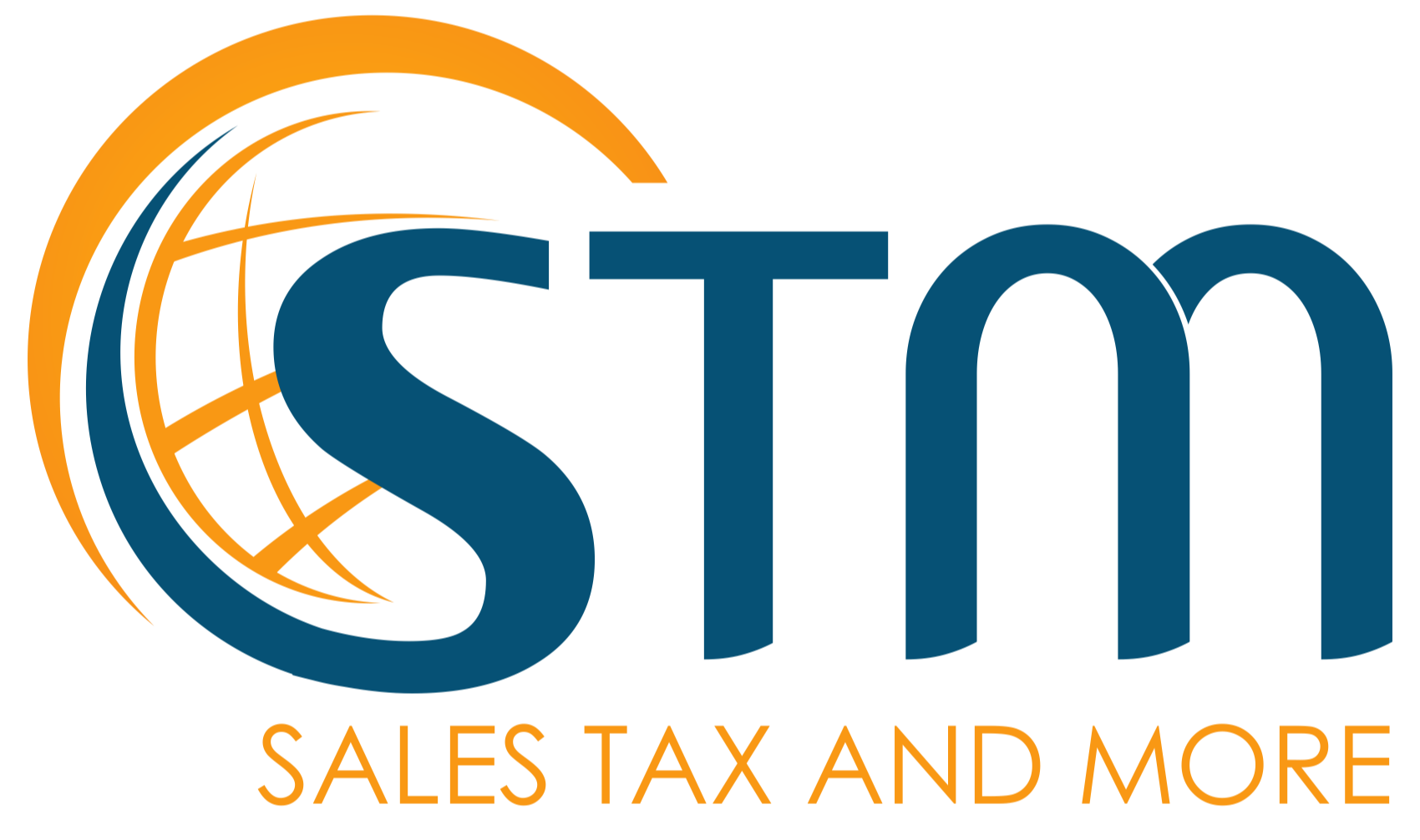Alaska - The New Sales Tax Frontier
“To the lover of wilderness, Alaska is one of most wonderful countries in the world” - John Muir
To those of us in the lower 48 states, Alaska is a state shrouded in a lot of mystery. Their sales tax situation is no different. Alaska is one of those states we can all rattle off as being one of the NOMAD states which have no state-level sales tax. Alaskan cities and boroughs (the Alaskan equivalent of counties) have had their own sales tax registrations for quite a while. In fact, Alaska is the only state in the Union that has no state sales tax but gives the local authorities the ability to collect. There are 165 municipalities that can levy their own sales tax. Trying to figure out the labyrinth of jurisdictions and rates has proved daunting even in Alaska.
Until 2016, the super complex system of tax rates spread across 665,000 square miles was kept by the Office of the State Accessor in a spreadsheet that was so massive and complicated that only two people in the state could use it.
Since Wayfair, local jurisdictions formed the Alaska Municipal League. The Alaska Municipal League (AML) allows all the municipalities to have strength in numbers and to share knowledge and resources. The AML has adopted a uniform code and has mapped out a process for each local entity to adopt that code in their own charter so they can collect sales tax as a group. From the AML site, “AML’s understanding of the Wayfair case is that while physical nexus is not necessary, collection of an online sales tax must not become burdensome to interstate commerce. The implications, again from our understanding, are that Alaska’s municipalities must work together toward a single-level, statewide administration of online sales tax collection and administration.”
Beginning January 30, 2020, the AML will launch an independent site that remote sellers and marketplace facilitators can register on and the AML will also be launching a look-up map for rates and jurisdictions so remote sellers can see which jurisdictions are participating. The thresholds for the new system will be 200 transactions or $100,000 in sales. In speaking with Nils Andreassen with the Alaska Municipal League, he said that they expect the first local entities to be fully signed up and into the AML system in February and hope to have a majority on board by mid-summer. Unlike the crystal clear rivers Alaska is known for, when to register is not so crystal clear. So if Juneau, for instance, adopts the Code on February 3, then compliance should occur within 30 days of its adoption, as long as the seller determines that the seller meets the threshold criteria in Alaska.
So like the frontier that Alaska has always been, they are again forging new ground aligning local entities to collect under the Wayfair ruling. As we move through 2020, remote sellers will need to keep an eye on their sales into Alaska so that when they cross the 200 transactions or $100,000 threshold, they can then verify which jurisdictions are in the Alaskan system and know when to register. While it’s easy to see this program as just another state program, that would be a mistake. This is a one-of-a-kind program that has 165 moving parts that will determine what compliance looks like on their own schedule. We will keep you updated as we get more information. As always, Sales Tax and More can help you determine when to register and/or can register you for this new set of taxing jurisdictions.
By: Krista Sleeper
This blog is intended for educational purposes and not as tax advice. Tax policies and procedures change frequently, so specific information, such as thresholds, rates, etc. included in this blog may have changed since it was originally published. Please request a consultation for more in-depth information.
